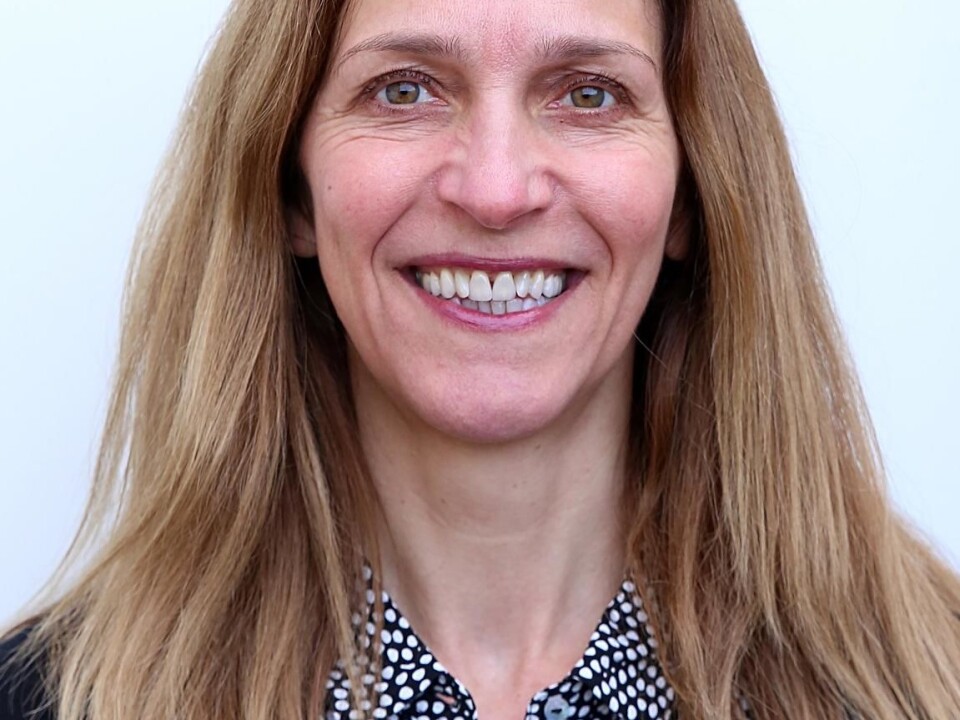This article was produced and financed by Norwegian centre for E-health research

Making smart technology available to children with functional disabilities
Various apps and tools can make the daily lives of children and young adults easier and more enjoyable. However, more needs to be done before municipalities can offer these solutions.
Digital timetables, exercise mats, apps for translation of sign language to Norwegian, and Pokemon Go. All of these examples of connected care technologies could make it easier for children and young adults with functional disabilities to take part in leisure activities.
But, how should local authorities implement them?
“Engaging technologies like these facilitate participation,” says Undine Knarvik, senior adviser at the Norwegian Centre for E-health Research, and co-author on a new report that discusses how connected care technology might be successfully implemented in Norway.
An earlier report from the same project showed that children and young adults with functional disabilities possess good digital skills, but their needs vary immensely, she says.

“Many of the users will need multiple and, in part, comprehensive services from the public authorities throughout their lives,” she says. The new reports outlines how this might be achieved.
Three important prerequisites
The new report emphasises three key prerequisites that will enable municipalities to make connected care technology a natural part of the user group’s daily lives:
- Mapping – Each person’s needs must be mapped to find the right solution and to determine whether technology does in fact offer a solution.
- Willingness to change – Municipalities must be willing to change.
- Entrenchment - It is crucial that the changes and objectives are entrenched throughout the municipality. This means that they must not just agree to participate in such projects; municipal leaders must make a financial commitment and commit to the project.
“Implementing connected care technology requires a different mind-set about municipal health and care services, in terms of what they are and what they should be in the future,” says Knarvik
“Therefore, it is crucial that the changes and objectives are entrenched throughout the municipality; politically, administratively and professionally - from the municipal leaders at the top, down to the employees of the services, especially the IT and operations service.”
Leaders must commit
Knarvik explains why the service must be managed from the top:
“Leaders are important agents of change in all organisations and must possess strong ownership to new services. Someone has to decide that this will be part of the municipality’s services and entrench it by incorporating it into the municipal plan, digitalisation strategy, and municipal budget. A project will never become a service without such entrenchment,” she says.
The researchers found that municipalities are good at connecting the activities to strategic plans. They also include them in work on development and innovation. However, they focus far less on the costs that must also be included in the municipal budgets.
New technologies and solutions lead to more confident children and young adults, and allow them greater contact with peers, greater independence, and improved language skills. This was documented by the researchers in earlier reports from the same project.
“Municipal employees told about how different types of technology increased the interaction between users of the technology and the people around them. They found that they offered something that worked for the users and that their work efforts paid off,” says Knarvik.
The researchers also saw examples of the project actualising the need for better cooperation between units offering services to children. Leaders were particularly concerned that welfare technology should be coordinated between several government agencies.
Who is responsible for the technology?
But which welfare technologies should be defined as essential medical help? And what constitutes consumer technology that users must provide themselves?
“The boundary surrounding municipal responsibility is still unclear, and with regard to technology-based assistive devices, more transparent coordination between the municipalities and NAV is still needed,” says Knarvik.
“More reports and research-based knowledge are clearly needed, especially to find out under which circumstances welfare technology results in better services, whilst taking into consideration the rights of users, ethics, data protection, finances, competence, and so on,” she says.

































